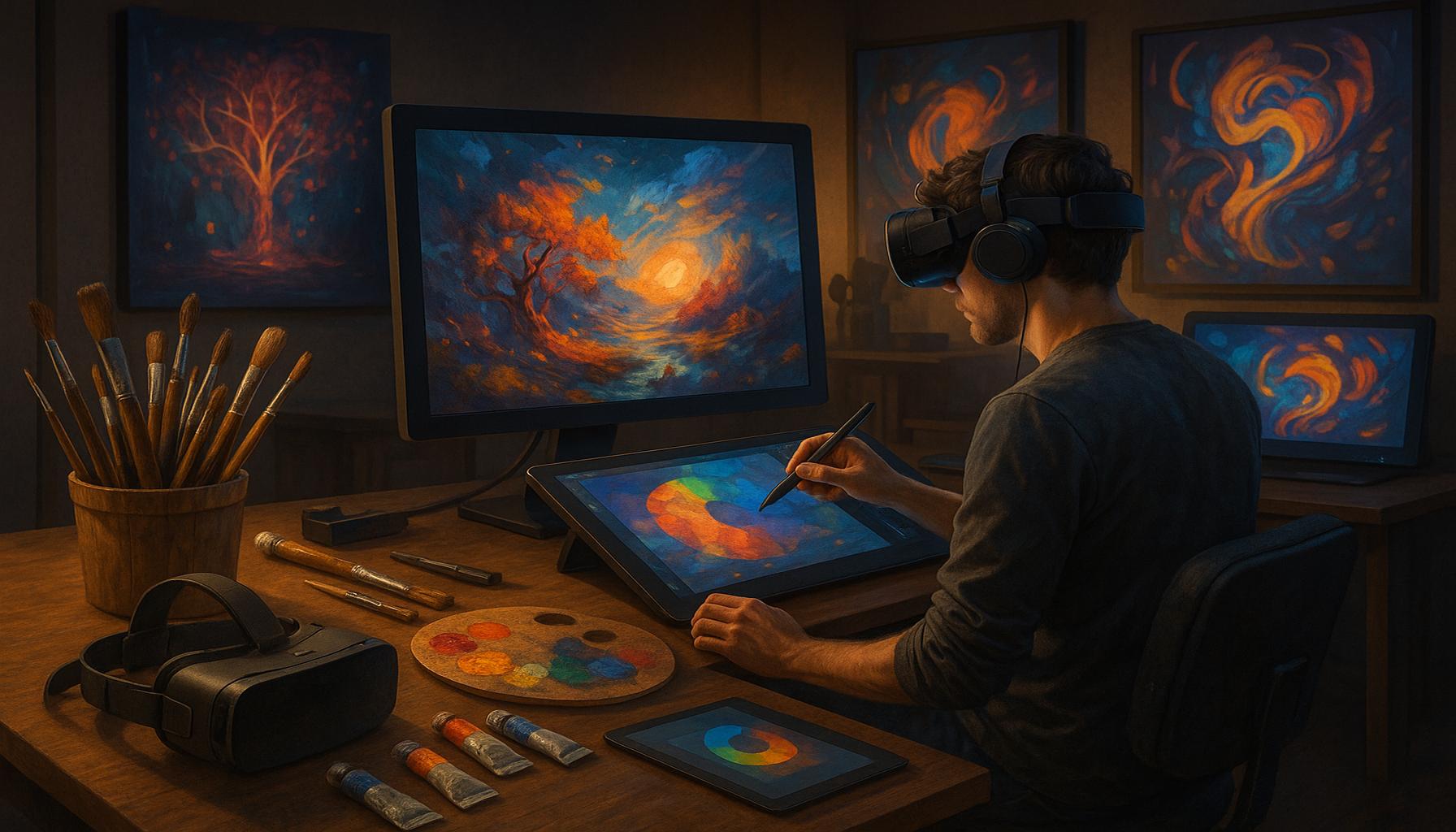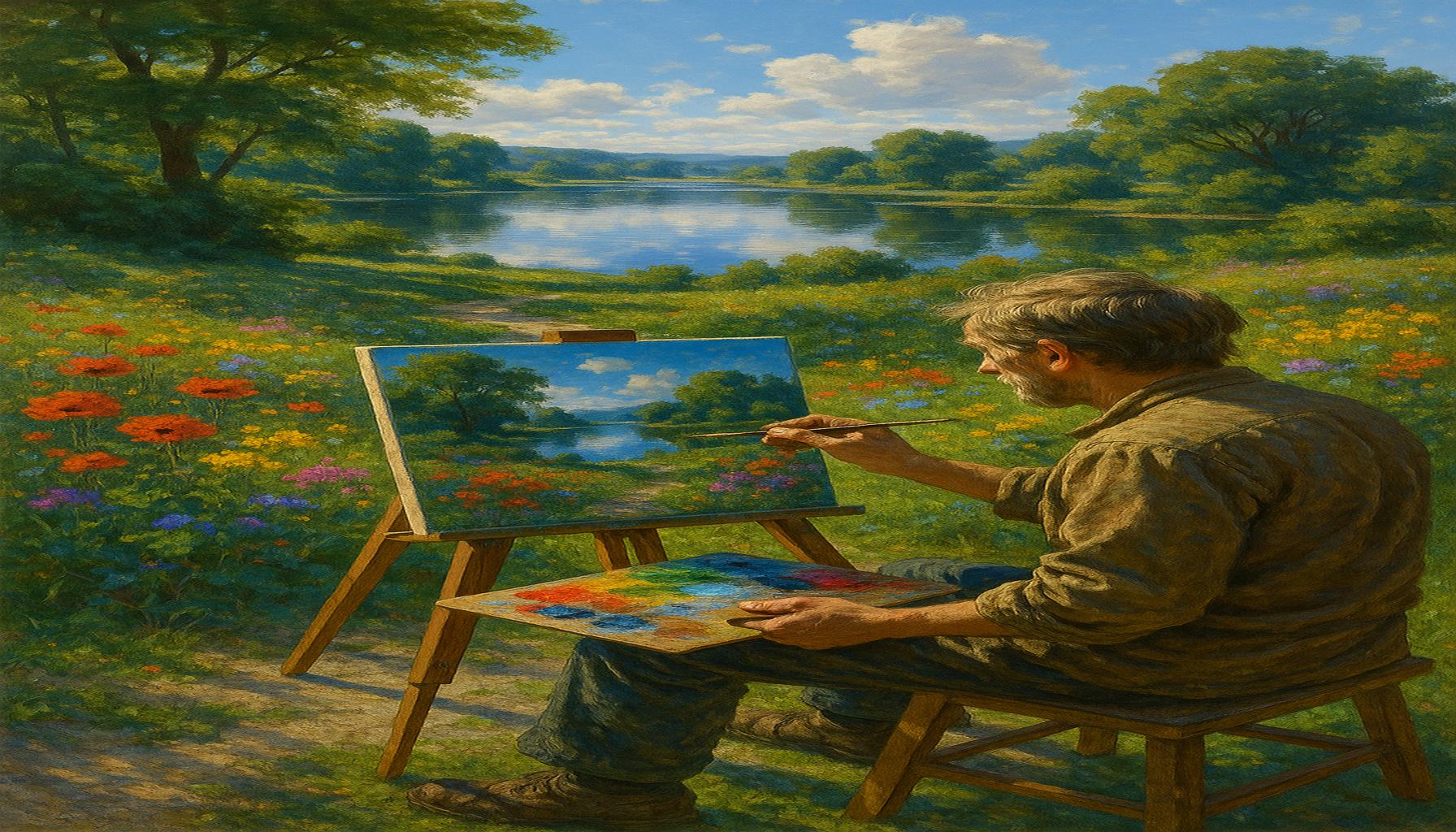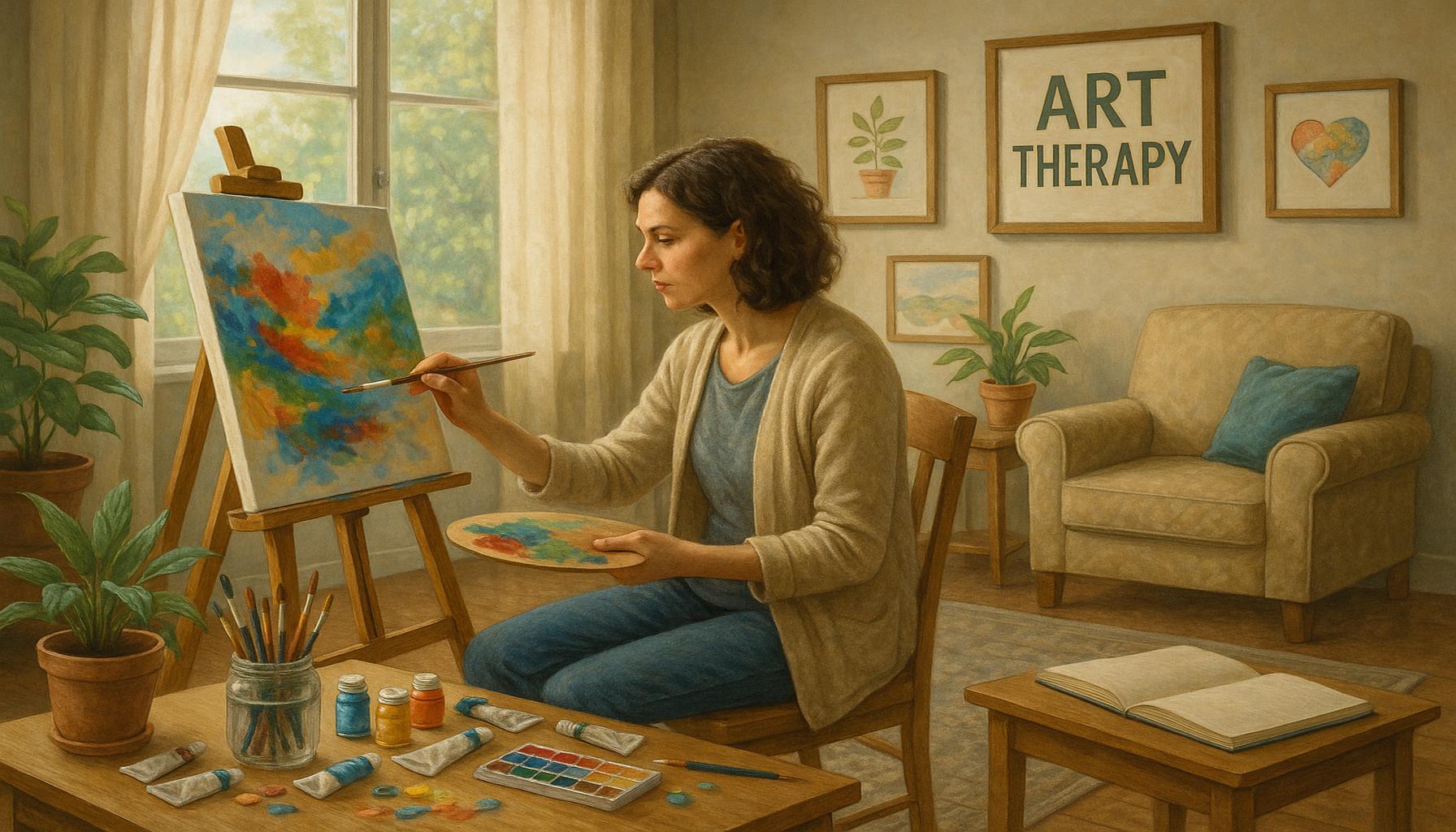Digital Art Evolution How Tech is Transforming Creativity Today
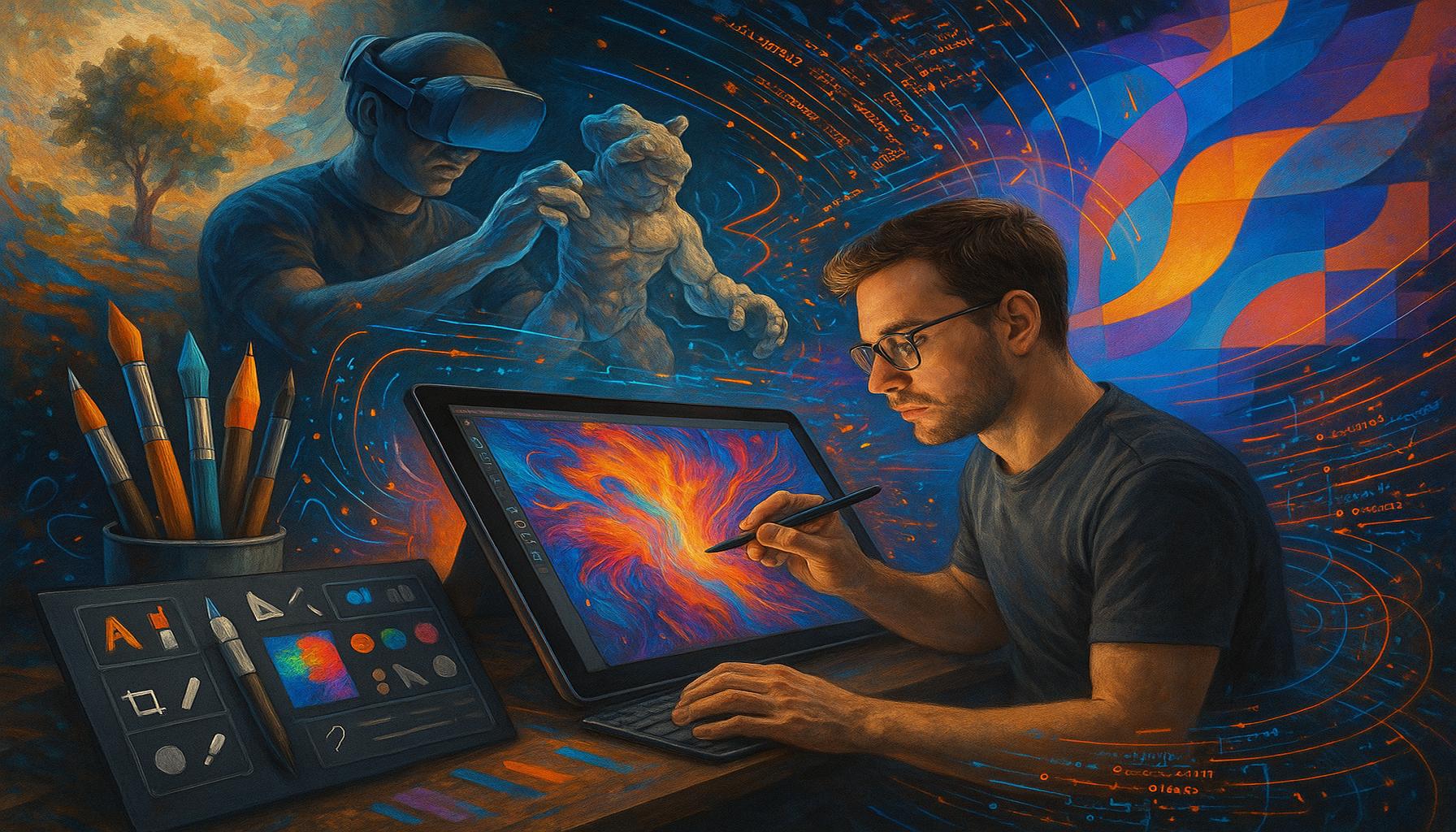
Introduction
In recent years, the realm of creativity has undergone a stunning metamorphosis, fueled by the relentless march of technology. Artists and hobbyists alike are discovering new tools and mediums that expand the boundaries of digital art in astonishing ways. The intersection of art and technology not only enhances traditional creative practices but also invents entirely new forms of expression.
This evolution is not merely a trend; it is reshaping how we perceive and interact with art. With advancements in software, digital tools, and online platforms, creators now possess an unprecedented ability to share and monetize their work. As a result, the digital art community is thriving, giving rise to diversified styles and increased accessibility for creatives of all levels.
In this article, we will explore the top 5 ways technology is transforming creativity and revolutionizing the landscape of digital art. Prepare to delve into innovations that have changed the way artists connect with their audiences and express their talents.
Top 5: The Evolution of Digital Art: How Technology is Transforming Creativity
The ever-evolving landscape of creativity has been dramatically reshaped by technological advancements, particularly in the realm of digital art. With artists venturing into new mediums and utilizing cutting-edge tools, their ability to convey emotion and provoke thought has reached unprecedented levels. This article will delve into the top five aspects of how digital art has evolved, ranked from fifth to first, offering insights into how these changes impact both the creation and reception of art today.
5. Accessibility of Digital Art Tools
One of the most profound changes in the world of digital art is the accessibility of tools. In the past, creating art required expensive materials and extensive training. A significant barrier to entry was the necessity of specialized and often costly supplies, such as high-quality canvases, paints, or sculpting materials. Today, however, this hurdle has been substantially lowered, if not entirely removed.
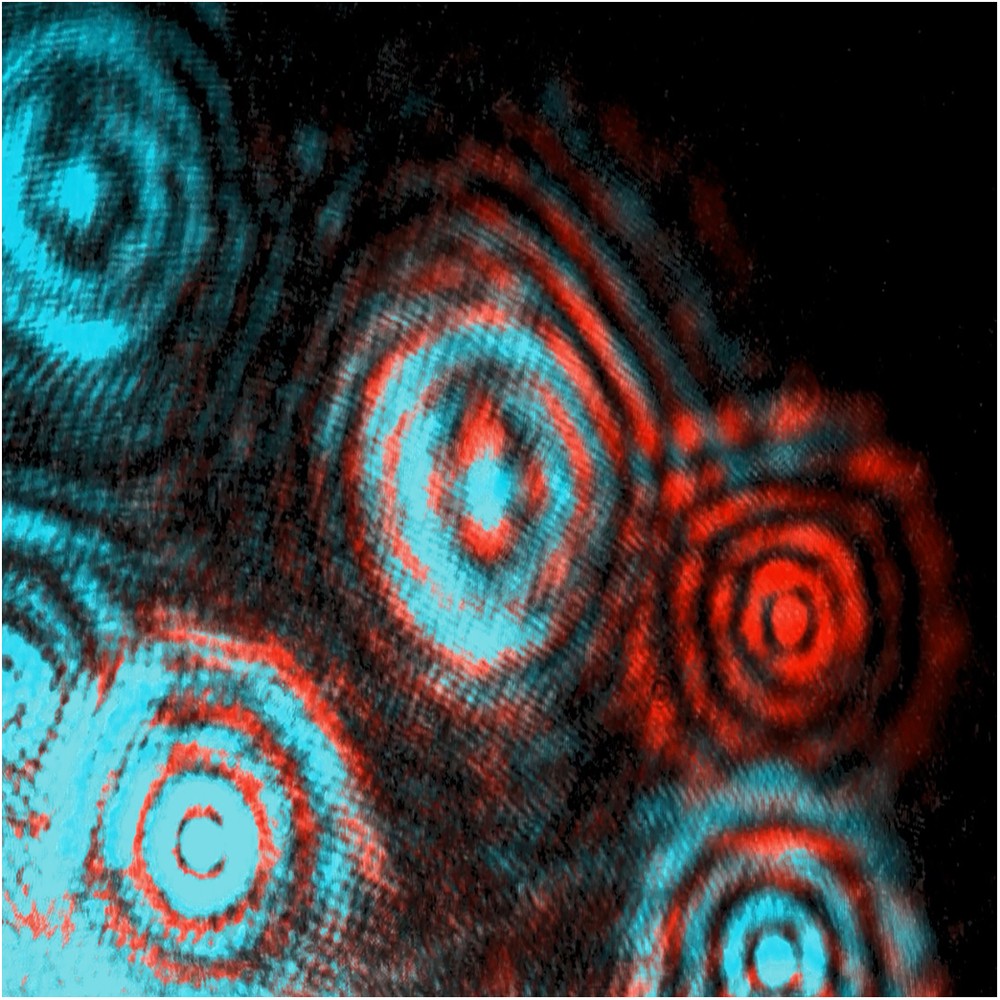
- Platforms like Procreate and Adobe Fresco offer robust features on accessible devices such as tablets and smartphones. These tools are powerful enough for professionals while remaining intuitive for beginners.
- Software options such as GIMP and Krita are either free or available at a low cost, democratizing art-making and empowering anyone with a passion for creativity to express themselves visually.
- YouTube and myriad online courses demystify these tools, making mastery of them achievable for many, regardless of their prior experience.
- The internet hosts diverse communities where artists can collaborate and receive feedback, further enhancing skill development and facilitating global artistic exchanges.
This increased ease of access has not only broadened the pool of individuals who can create art but also fostered a diverse range of artistic styles and approaches.
4. The Rise of Social Media as a Showcase
Social media platforms have emerged as vital digital galleries for showcasing art. With just a click, artists can now share their creations with a global audience, propelling their work beyond geographical limitations. Platforms like Instagram, Pinterest, and DeviantArt have become indispensable for artists looking to establish their brand and foster engagement with fans and critics alike.
- Artists receive instant feedback from viewers, a powerful combination of motivation and constructive critique enabling continuous improvement and evolution of their artistry.
- The ability for artwork to go viral on social media presents unprecedented opportunities for artists to gain exposure, leading to career-building prospects that were once difficult, if not impossible, to achieve through conventional means.
- Creative challenges and collaborations on these platforms stimulate a lively sense of community and innovation, pushing boundaries and encouraging originality.
By utilizing the power of social media, artists can build successful careers, sell their works, and connect with peers worldwide in ways that transcend traditional art world boundaries.
3. The Use of Artificial Intelligence in Art Creation
Artificial Intelligence (AI) has surfaced as a controversial yet potent tool in the sphere of digital art. Programs like DALL-E and Artbreeder enable users to create artworks by entering descriptive prompts, thus pioneering a new frontier in creativity.
- AI programs aid artists in brainstorming concepts and generating new ideas, acting as a collaborator or muse that offers fresh perspectives.
- Critics argue that AI-generated art lacks the human touch, yet its growing presence challenges our definition of what constitutes art and creativity.
- Research suggests that AI tools will increasingly be integrated into artists’ creative processes, blending human intuition with machine precision.
Digital artists are actively exploring ways to assimilate AI into their work, indicating a future where human creativity and machine intelligence coexist harmoniously to expand the boundaries of creative expression.
2. Innovations in Virtual and Augmented Reality
The introduction of virtual reality (VR) and augmented reality (AR) has profoundly revolutionized the creation and experience of digital art. Artists now immerse themselves in three-dimensional spaces, allowing for a level of creative depth unseen in traditional art forms.
- Applications like Tilt Brush enable artists to paint within a 3D environment, pushing the limits of established artistic expression and creating immersive experiences.
- AR applications offer viewers interactive engagements with digital artworks in real-world contexts, creating a unique blend of physical and virtual experiences that captivate audiences.
- This fusion of realities opens new avenues for storytelling and audience engagement, offering dynamic and participatory art experiences.
The combination of VR and AR has spawned interactive art forms that were unimaginable just a few years ago, fundamentally transforming how we create, perceive, and interact with art.
1. The Transformation of Art Styles and Genres
The culmination of technological advances is evident in the transformation of art styles and genres. As traditional boundaries blur, artists create innovative forms of expression, such as digital painting, pixel art, and generative art that resonate deeply with contemporary audiences.
- New art movements like digital surrealism and glitch art gain traction, capturing the complexities and contradictions of the modern digital world.
- Digital nomads utilize technological advancements to create art remotely, weaving together diverse cultural influences from around the globe into their practice.
- The integration of various mediums, from photography to 3D modeling, has led to rich, multifaceted artworks that reflect the hybrid nature of our digital age.
This transformation not only reflects the rapid evolution of technology but also signals the continually progressing nature of humanity’s creative spirit. As artists reimagine traditional practices, the results are as spectacular as they are diverse.
In conclusion, the evolution of digital art is a testament to technology’s profound influence on creativity. Each innovation brings new tools, spaces, and philosophies to artists, driving them to explore boundaries and ignite change. As we venture further into a digital era, the synergy between technology and creativity will continue to create compelling art that inspires, engages, and challenges us at every turn.
| Category | Key Features | Advantages | Disadvantages | Who Benefits |
|---|---|---|---|---|
| Digital Painting | Utilization of software like Photoshop and Procreate to create artwork. | Versatility and the ability to easily modify or undo changes, fostering a more experimental approach to creativity. | Requires a learning curve for software and tools which may deter beginners; can sometimes lack the tactile feel of traditional media. | Artists and illustrators looking to expand their creative toolkit or adapt to digital workflows. |
| 3D Modeling | Creation of three-dimensional objects using software like Blender and Maya. | Ability to visualize and manipulate objects in a virtual space; opens doors to fields such as gaming and virtual reality. | Can be resource-intensive and may require high-performance hardware and significant time investment. | Game developers and animators who seek to create engaging and immersive experiences. |
| Interactive Media | Combines art with technology allowing audiences to engage with the piece via digital interfaces. | Engagement of the audience creates layered experiences and deepens emotional connections. | May alienate audiences who prefer traditional art forms or are not technologically inclined; requires access to digital devices. | Curators and exhibition designers aiming to innovate their art presentations and attract tech-savvy audiences. |
| Artificial Intelligence in Art | Utilizing algorithms and models to create or assist in the creation of artwork. | Expands creative possibilities by generating unique pieces or collaborating with artists, challenging traditional notions of authorship. | Concerns over originality and copyright; the potential for AI to replace human creativity is a topic of debate. | Innovative artists and technologists interested in exploring novel collaborations between man and machine. |
Frequently Asked Questions about the Evolution of Digital Art
What are the main technological advancements influencing digital art today?
The world of digital art is continuously being reshaped by groundbreaking technological advancements. Some of the most influential technologies include artificial intelligence, which allows artists to collaborate with machines to create unique artworks, and virtual reality (VR), which provides immersive environments for both creators and viewers. Additionally, the rise of blockchain technology has given birth to digital ownership through Non-Fungible Tokens (NFTs), transforming how art is bought and sold.
How is artificial intelligence changing the role of the digital artist?
Artificial intelligence is revolutionizing the creative process by providing tools that can generate unprecedented forms of art. While machines can produce artwork autonomously, they also serve as a medium for artists to expand their creative boundaries. Artists are now using AI to explore new styles and techniques that were previously unattainable. This does not replace the artist’s vision but rather augments their ability to experiment and innovate.
What impact do NFTs have on the art market?
Non-Fungible Tokens (NFTs) have significantly impacted the art market by authenticating and monetizing digital art. NFTs enable artists to prove ownership and establish scarcity in the digital realm, a concept that was challenging before their emergence. This digital asset format has opened new streams of revenue for artists and provided collectors with a way to invest in and support art in a novel way. However, the NFT market is still evolving, and its long-term implications are yet to be fully understood.
Can digital art be considered as valuable as traditional art?
The value of digital art often sparks debate, as it challenges conventional notions of art creation and ownership. As technology advances, digital art’s cultural and financial value continues to grow, appealing to a new generation of collectors and admirers. While some argue that the tangible aspect of traditional art grants it inherent value, others see digital art as a reflection of our increasingly digital society. Its value is increasingly recognized by prestigious galleries and auction houses, signaling a shift in how art is perceived globally.
How do collaborative tools in digital art platforms affect creativity?
Digital platforms have opened new avenues for collaboration between artists worldwide. With tools that enable real-time collaboration, creators can now work together across borders, merging ideas and techniques to produce innovative and unique artworks. This accessibility fosters an open exchange of ideas and leads to the emergence of diverse artistic expressions, pushing traditional boundaries and setting new standards for creativity in the digital age.
Conclusion: The Transcendent Journey of Digital Art
The landscape of art has significantly transformed with the advent of digital technology, embracing new dimensions and reimagining traditional boundaries. The evolution of digital art marks a profound shift where technology and creativity intertwine, leading to unprecedented innovations and artistic expressions.
Firstly, digital tools have democratized art creation, making it accessible to a broader audience. This accessibility has fostered a new wave of creators who can now contribute to and participate in the art world without geographical or financial barriers. These tools have allowed artists to explore infinite possibilities on a digital canvas, where creativity knows no bounds.
Secondly, the rise of immersive technologies such as virtual and augmented reality has opened new realms for experiencing art. These innovations offer more engaging and interactive avenues for art patrons, thus reshaping how audiences perceive and interact with creative works. The virtual space has become a dynamic gallery, enhancing the sensory experience and pushing the limits of creative storytelling.
Moreover, the integration of artificial intelligence in the art-making process has introduced a collaborative dynamic between humans and machines. AI serves as both a tool and a partner, generating new styles and facilitating unique artistic collaborations. This synergy challenges the definition of authorship and invites artists to rethink the creative process itself.
As we reflect on the milestones achieved in digital art, it is essential to acknowledge its significant role in contemporary creative hobbies. Digital art transcends traditional barriers, inviting both creators and audiences into a world of boundless creativity. The future of digital art continues to evolve, offering endless possibilities for those willing to explore this ever-expanding frontier.
